




Introduction to Atoms
Have you ever wondered how everything we see is made up of? Look at your surroundings. You can see buildings and roads. Buildings are made by joining bricks. Bricks are the fundamental unit of the building. Similarly, all the matter (that occupies space) is made up of atoms.
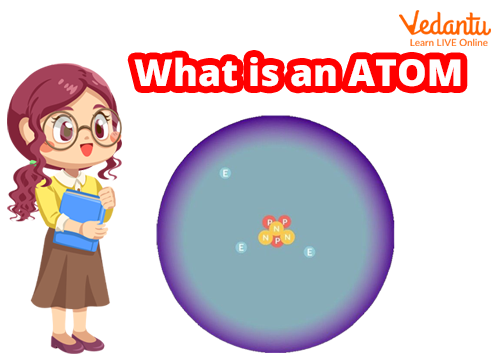
Basic Structure of Atom
Discovery of an Atom
Democritus, a Greek philosopher, introduced the concept of the atom around 450 BC. His model was solid, and it stated that all atoms vary in size, mass, shape, position, and arrangement. In 1800, John Dalton reintroduced the atom and proposed that all matter was made up of atoms, which were indivisible and indestructible building blocks. Rutherford provided the final structure in 1911.
What is an Atom?
Atoms are invisible, but they make up everything around you. Atom's simple definition states that atoms are the building blocks of matter. Each type of atom contributes to the formation of a pure substance known as an element. You've probably heard of oxygen, lead, gold, etc. These are all elements, after all. A pure gold necklace is composed of billions of gold atoms.
The atom is the fundamental unit of matter in the universe. Atoms are extremely small particles that are made up of even smaller particles. Electrons, protons, and neutrons are the fundamental particles that make up an atom. Atoms combine with other atoms to form matter. Anything is made up of a lot of atoms. There are so many atoms in a single human body that we won't even attempt to count them.
Atoms are classified according to the number of electrons, protons, and neutrons they contain. An element is made up of various types of atoms. There are 118 when known elements.
Structure of an Atom: How Atoms are Formed
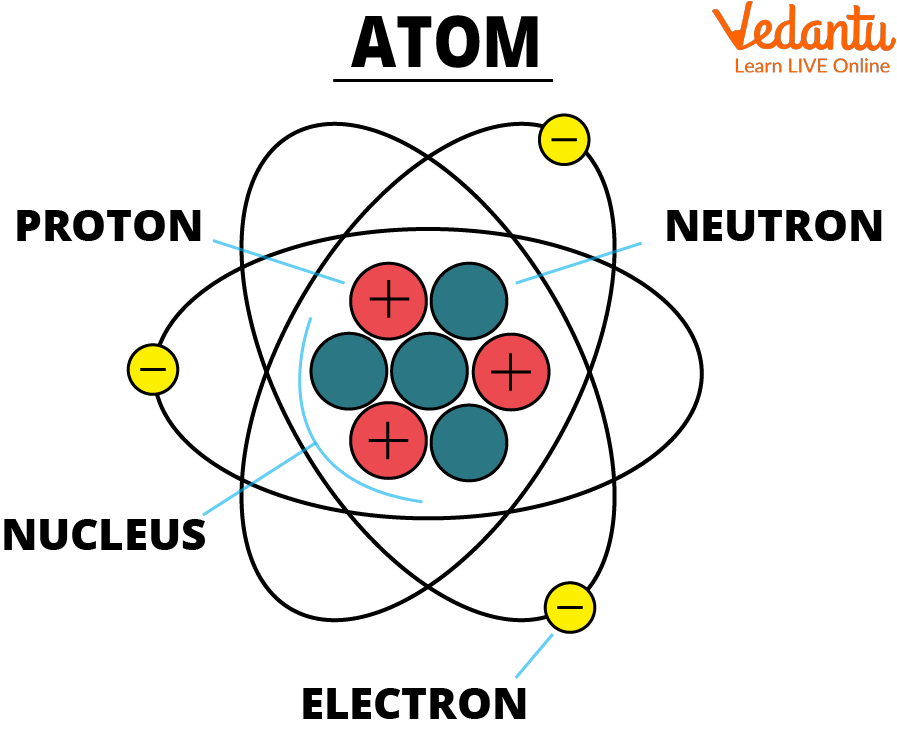
Atom
See, the atom diagram, you can observe that an atom is made up of even smaller particles. Even though, atoms are the smallest unit of matter it still contains sub-atomic particles within it that are:
Proton
Neutron
Electron
Protons and Neutrons Combine To Form the Nucleus.
Subatomic Particles of an Atom
The Proton
The proton is a positively charged particle that is located in the nucleus of the atom. The hydrogen atom is unique in that its nucleus contains only one proton and no neutron. The number of protons in an atom determines the element. This is referred to as the element's atomic number. Ernest Rutherford, a physicist from New Zealand, discovered protons in the early 1900s.
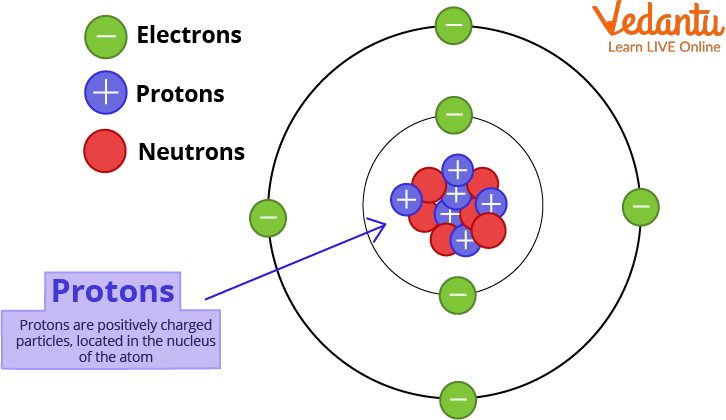
Proton
The Electron
The electron is a negatively charged particle that revolves around the nucleus. Because electrons spin so fast around the nucleus, scientists can never be certain of their exact location. When an atom has the same number of electrons and protons, it is said to be neutrally charged.
The positive charge of the protons attracts electrons to the nucleus. Neutrons and protons are much smaller than electrons. Approximately 1800 times smaller!
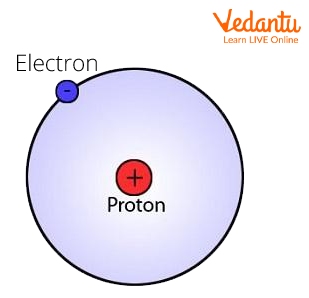
Electron
The Neutron
A neutron is an atom's neutral nucleus with no electric charge and a slightly larger mass than a proton.
The number of neutrons in an atom influences its mass and radioactivity. It was discovered by James Chadwick, a British physicist.
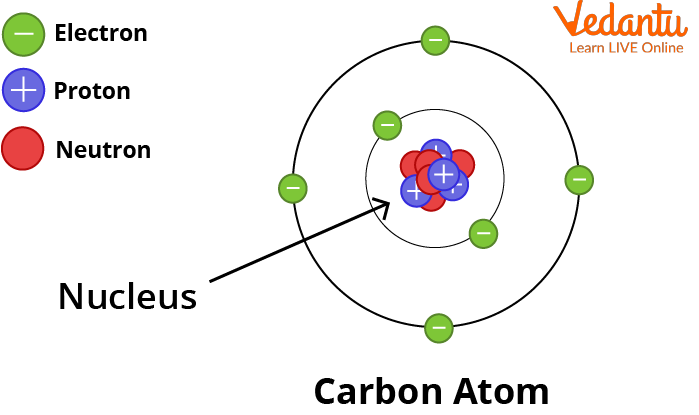
Neutron
Fun Facts About Atom
Quark - The quark is a minute particle that makes up neutrons and protons. Quarks are almost difficult to identify and it's only recently that researchers sorted out they existed. They were founded in 1964 by Murray Gell-Mann. There are 6 sorts of quarks: top, bottom, up, down, strange, and charm.
Neutrino - Neutrinos are shaped by atomic responses. They are like electrons with practically no charge and are typically going at the speed of light. A great many neutrinos are radiated by the sun consistently. Neutrinos go directly through most solids including people!
So far, you have seen the journey of the atom and its properties.
Let's summarise:
Atoms are the basic structure blocks for all matter.
It comprises protons, neutrons, and electrons.
Protons are positively charged.
Electrons are negatively charged.
Neutrons are neutral in charge.
Protons and neutrons combinedly form the nucleus.
FAQs on Basic Structure of Atom and Some Facts About Atom
1. Does an atom have a colour?
Atoms don't have colours - they are clear except under special circumstances. It's impossible to tell because atoms are so small. The atoms in an orange, for example, would be the size of marble if it were the size of the earth. We do know, however, that pure elements like gold have colour. Individual atoms may reflect light and thus have colour, since atoms are described as the smallest particle that has the same properties as the element.
2. How are atoms formed?
The atom is the fundamental unit of matter in the universe. Atoms are made up of a few even smaller particles and are extremely small. Electrons, protons, and neutrons are the fundamental particles that make up an atom. Atoms combine with other atoms to form matter. They were formed just after the "Big Bang" when our known universe began from pure energy about billions of years ago. The energy was changed over completely to the elementary particles (quarks, gluons, leptons, etc...) from which protons and neutrons were formed. From these, atoms of various elements originated.









